Help
Community21 has selected some case study communities and projects to share across the network to inspire and inform others. Should we be featuring yours? If so get in touch.
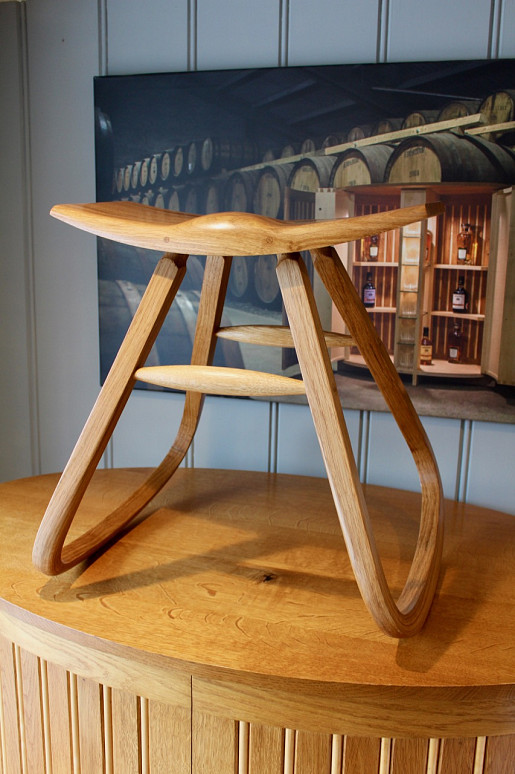

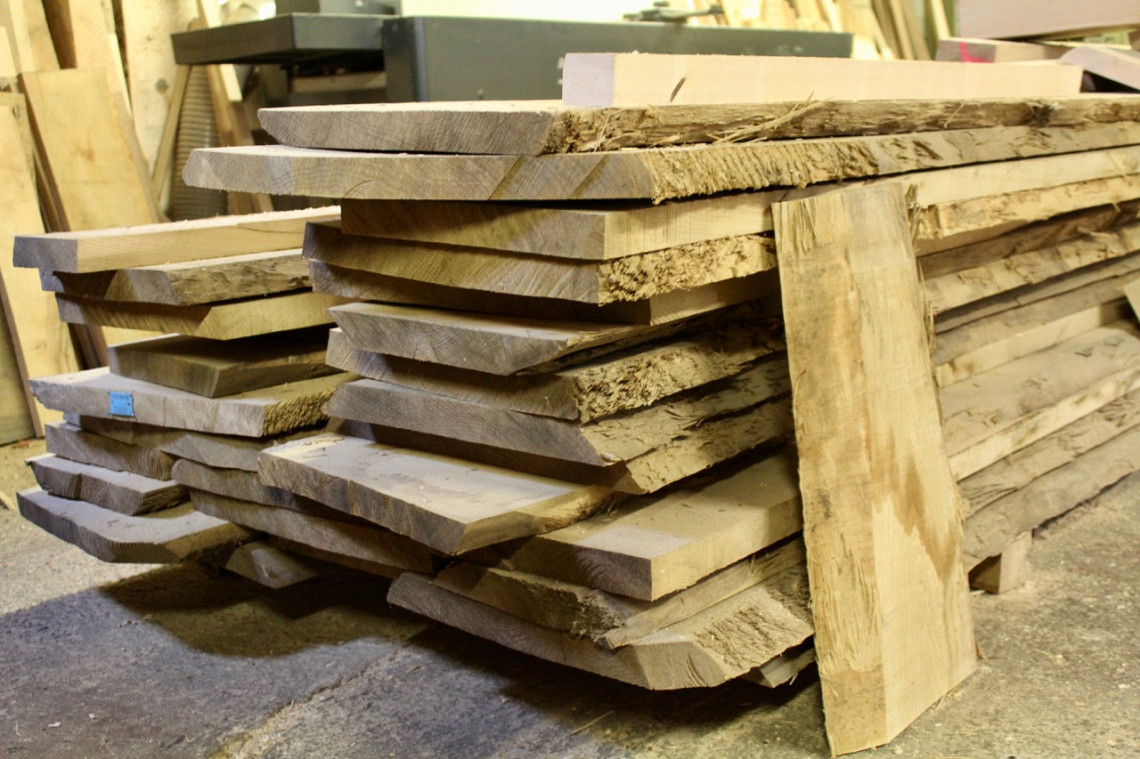
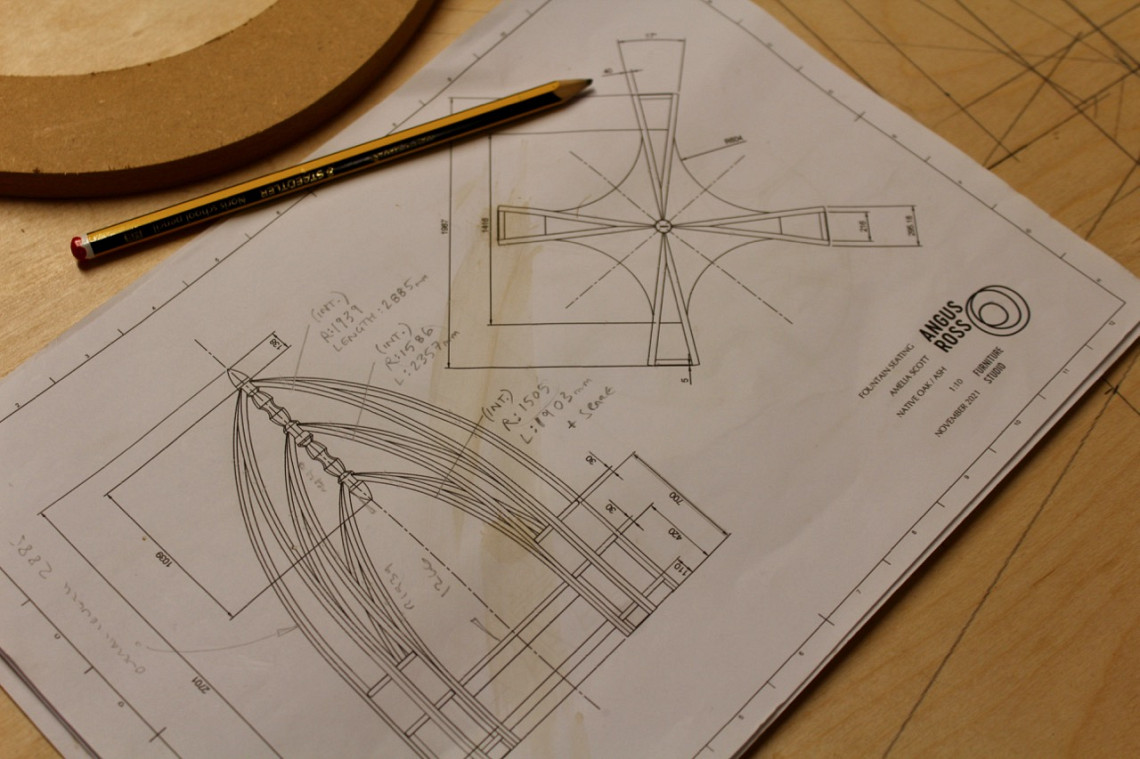
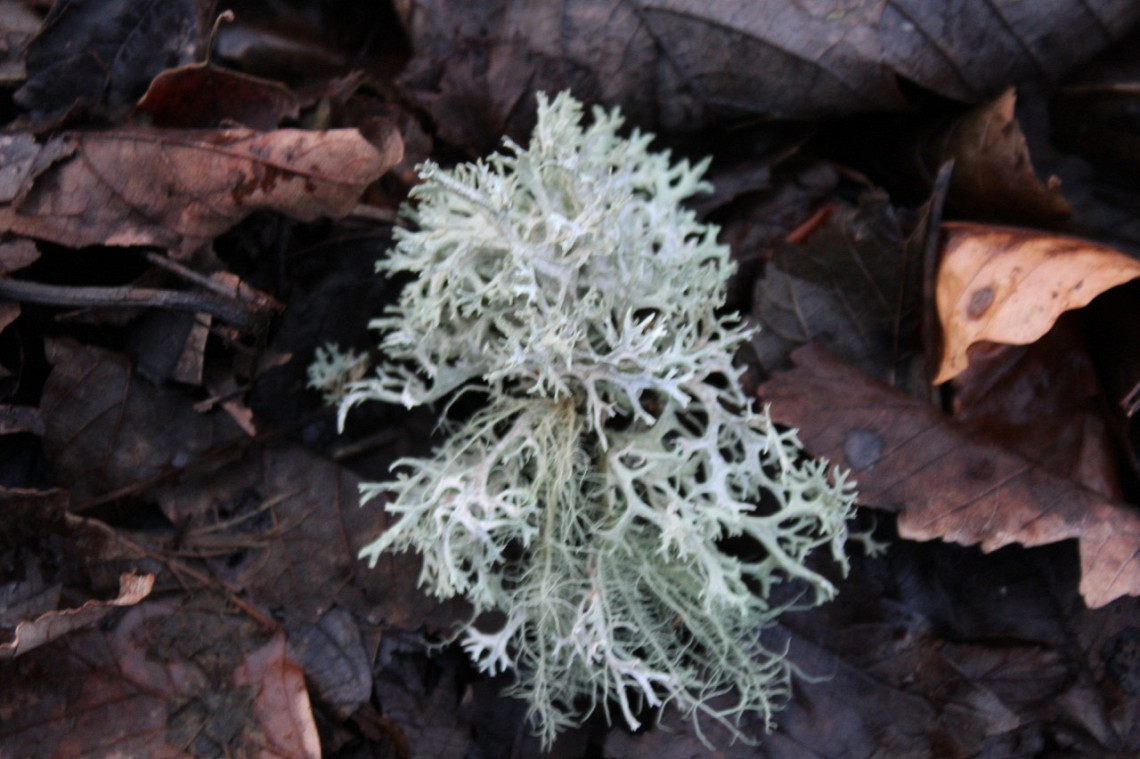
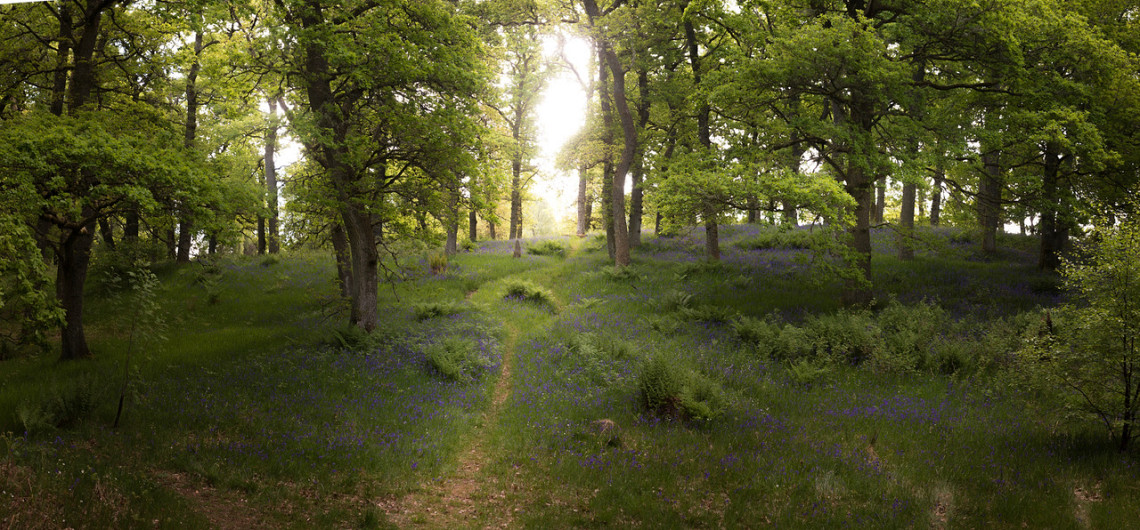
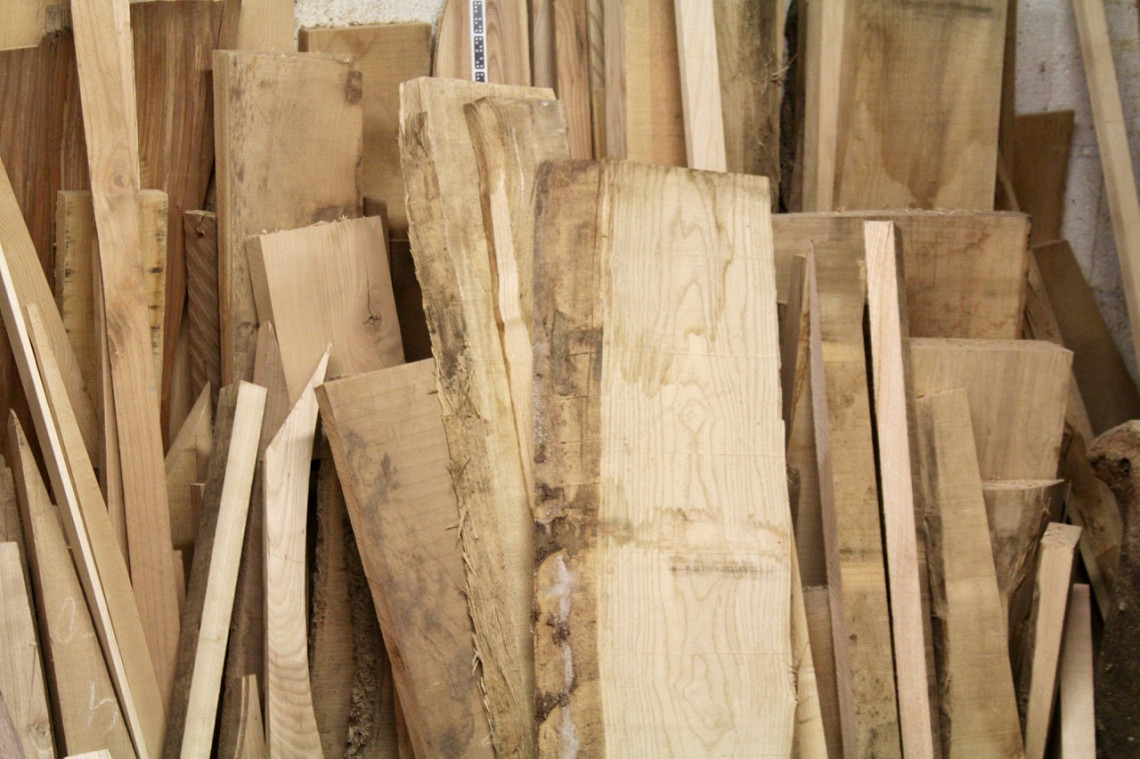
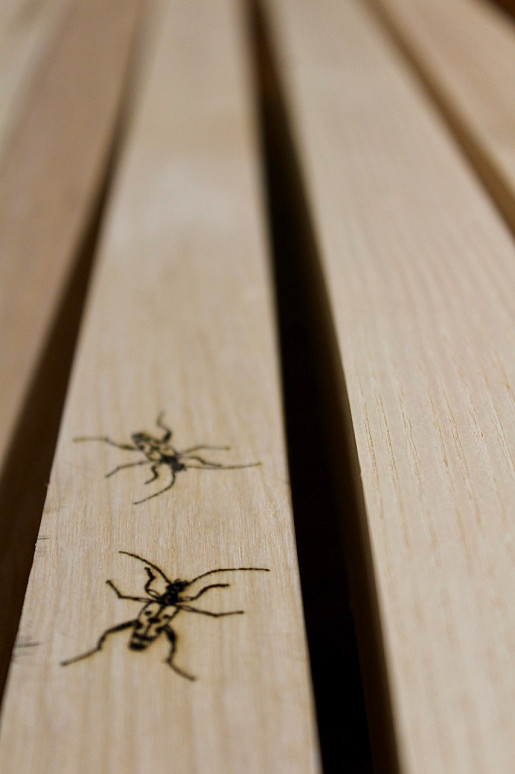
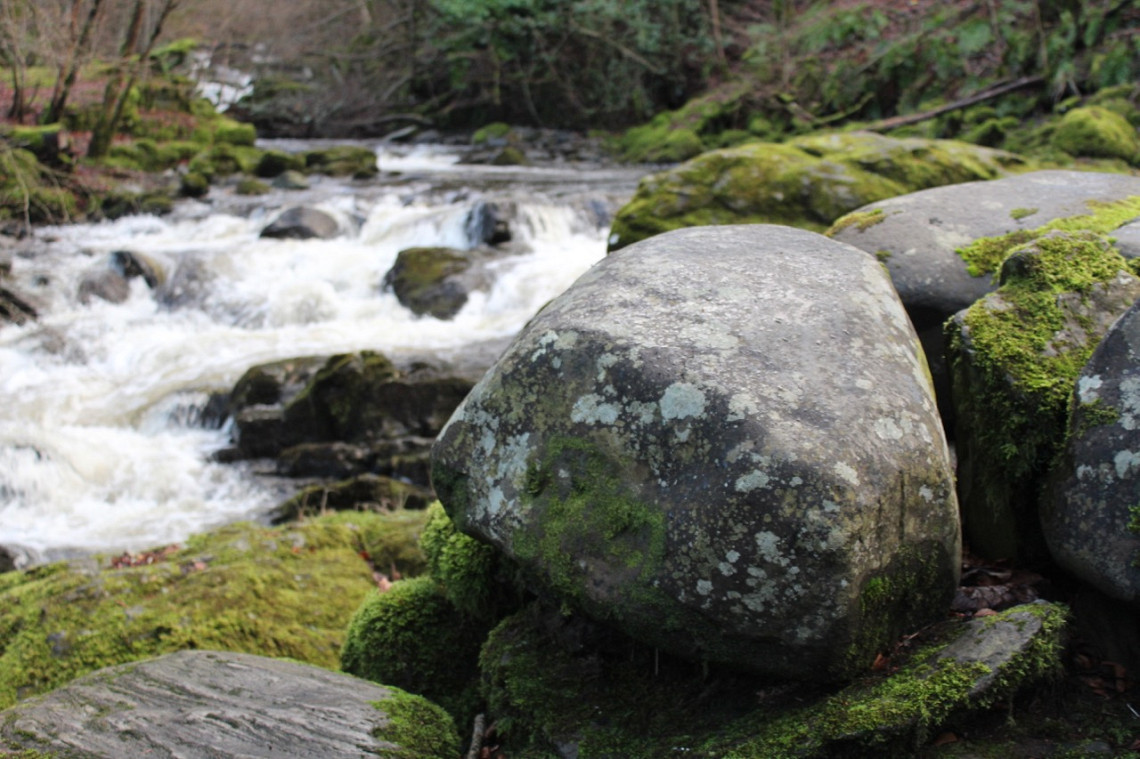
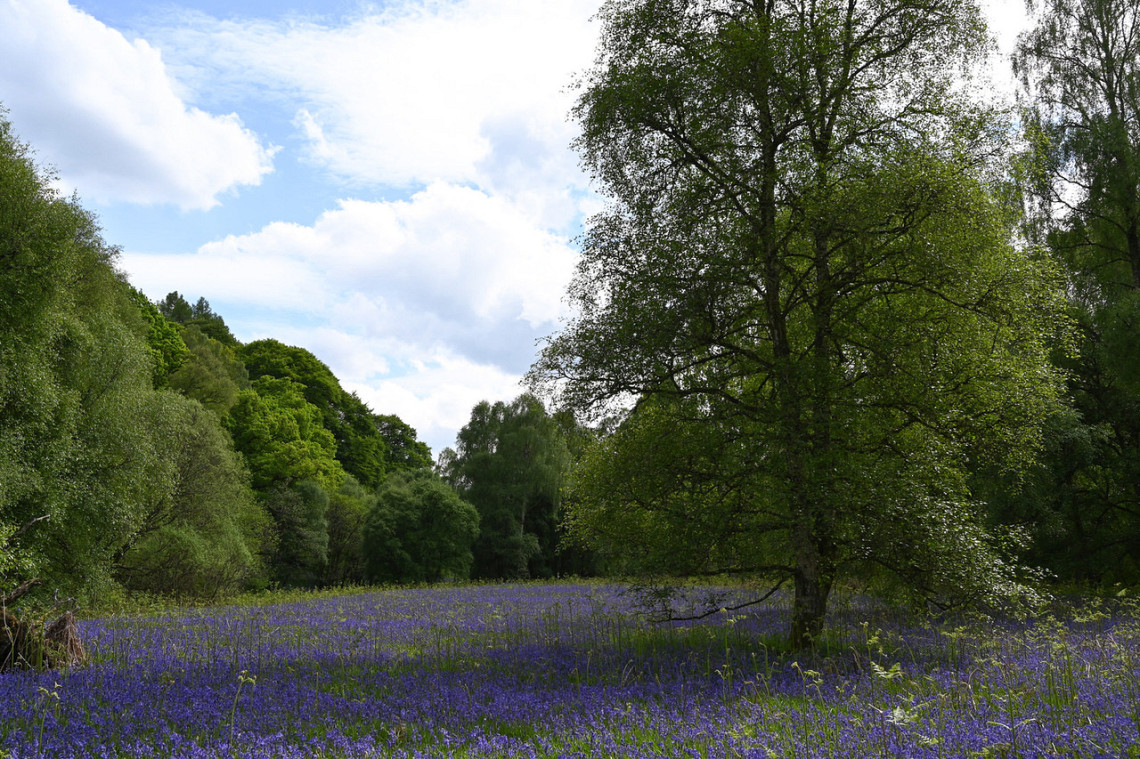
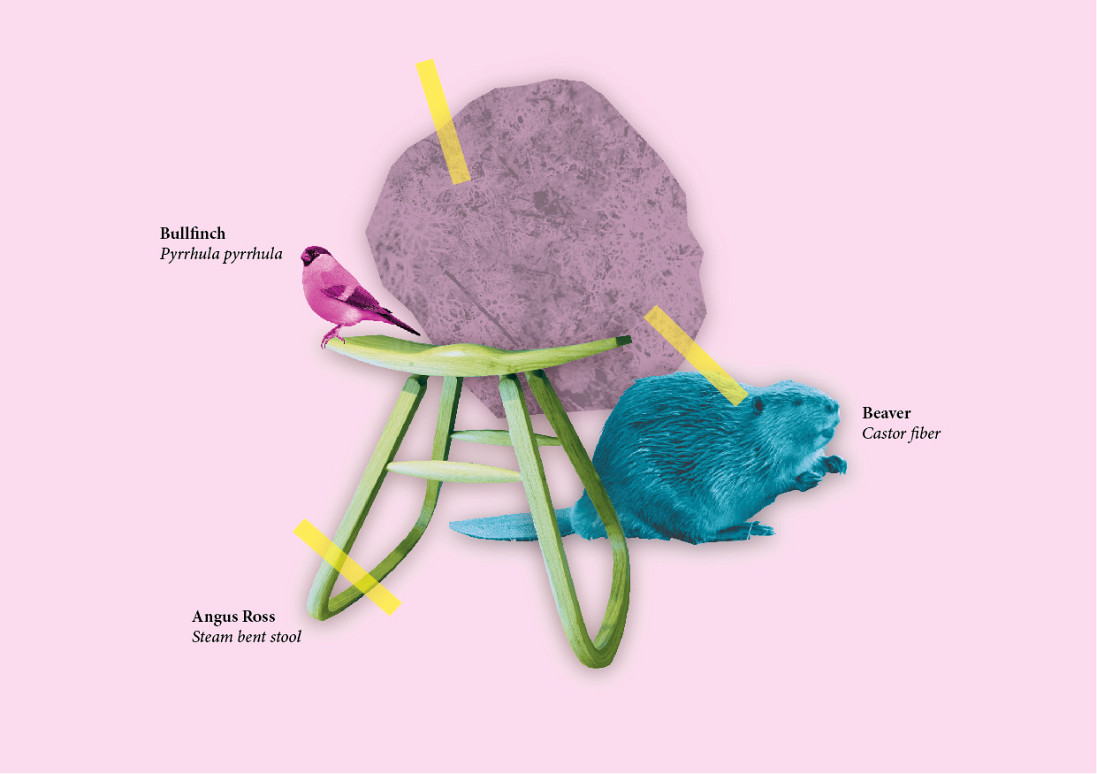
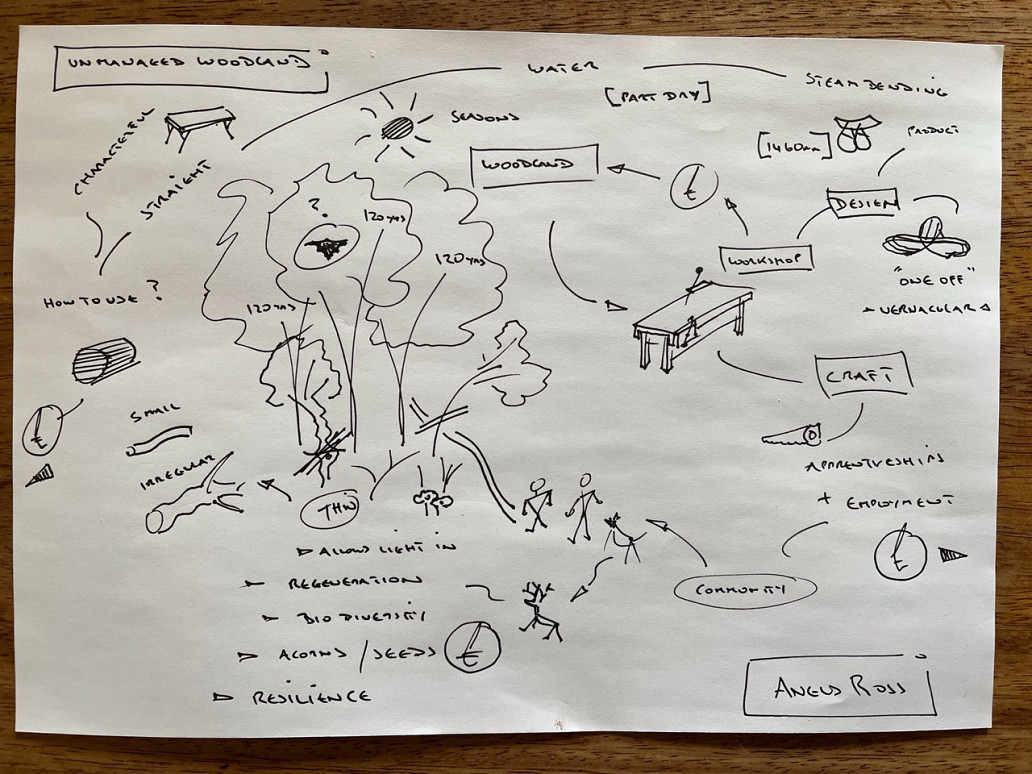
Name: Angus Ross
Location: Scotland
Specialist materials: Locally sourced timber
Products: Furniture
Links [if available]: https://www.angusross.co.uk/
Angus and Lorna lead a designer, maker practice in an area known as ‘the big tree country’ with 50 acres of woodland run as a co-op that feeds material stocks, influences object forms and a helps foster community through the working wood.
The practice is (literally) rooted in the past but looking to the future as a continuation of the arts and crafts movement and vernacular furniture traditions. They are increasing the diversity and the resilience of the woodland by very selective felling to allow light onto the woodland floor, encouraging different species and variating the age of the trees to protect against disease. It’s like woodland archaeology where surveys provide data. You may see wood-peckers, occasionally red squirrels and even beaver on the river (as a key indicator species) that come and take wood. The woodland co-operative encourage people to enjoy the wood in specific places, which has discouraged deer and allowed for rejuvenation without deer fencing.
The design starts with the woodland (managed in a sustainable way) and thinking about what can be made from it. The aesthetic is often about a flow - straight lines are a man-made thing, using the curves and bending relates it much more to the natural material. Dealing with timbers that have knots and splits become part of an acceptance and even celebrate characterful resources and educating people of the value of the ‘imperfections’ as - the narrative of using local timbers has a real strength. Felling is short and seasonal to protect birds and bats that have been surveyed and well recorded through formal research. Phases of the woods and wildlife impact on the processes procedurally – the creativity is logarithmic.
A woodland management plan also develops data and part of the plan to give it an income (licenced sale of bluebell seeds) to make it self sufficient within the wood’s business model. A small bit of woodland (as land is often estate owned) can become a self-sustaining entity as a community enterprise beyond use for recreation and entertainment.